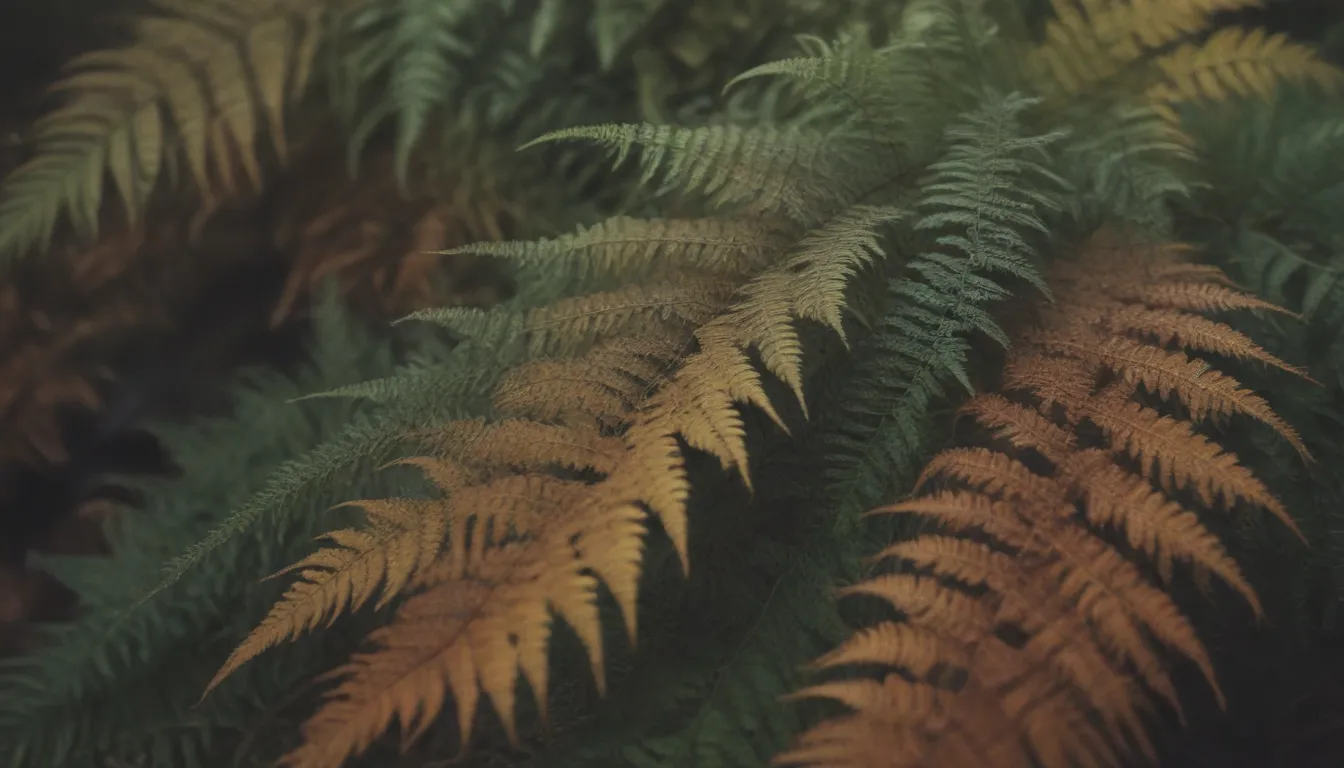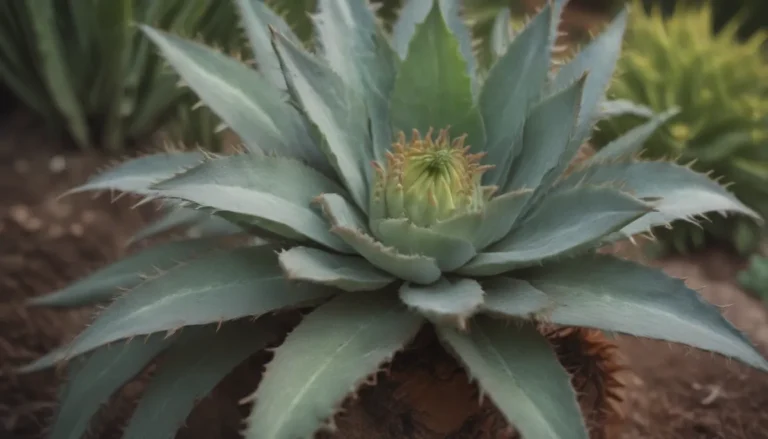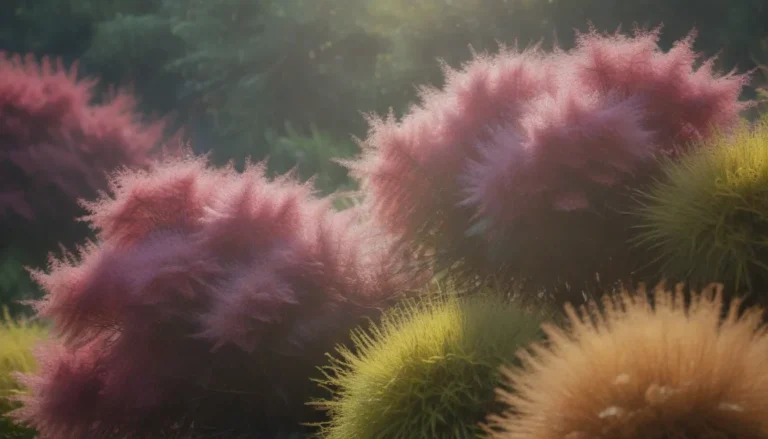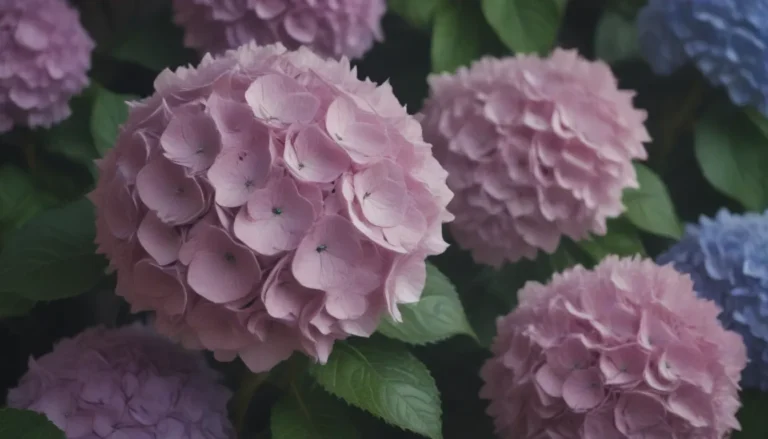Everything You Need to Know About Growing and Caring for Autumn Ferns

If you’re looking to add a pop of color and lush greenery to your shaded garden, autumn ferns might just be the perfect choice for you. These shade-loving plants are not only beautiful but also surprisingly easy to care for. From their eye-catching seasonal foliage to their low maintenance requirements, autumn ferns are a great addition to any yard or garden. In this comprehensive guide, we’ll walk you through everything you need to know about growing and caring for autumn ferns to help you make the most of these stunning plants.
Why Choose Autumn Ferns
Shade-loving ferns like autumn ferns are a great solution for yards that don’t receive a lot of direct sunlight. Unlike many other ferns that are typically associated with tropical or warm climates, autumn ferns are hardy plants that can thrive in a variety of conditions. One of the standout features of autumn ferns is their seasonal foliage. In the spring, the new fronds emerge in a vibrant coppery-red to orange-red hue, reminiscent of fall colors. This striking coloration is what gives the fern its common name, and it can last for several weeks before transitioning to a bright green shade as the season progresses.
Autumn ferns are also relatively compact plants that don’t spread excessively, making them ideal for small spaces. They work well as groundcover in shady borders and woodland gardens, but they can also be grown in containers or even indoors as houseplants. With their filigree-like foliage and unique coloration, autumn ferns add a touch of elegance and charm to any garden.
Autumn Fern Care Tips
While autumn ferns may have a delicate appearance, they are actually quite resilient and easy to care for. Here are some essential care tips to help your autumn fern thrive:
Light
Autumn ferns thrive in shady locations and can be damaged by too much direct sunlight. Make sure to plant them in an area with ample shade to promote healthy growth.
Soil
The soil for autumn ferns should mimic the conditions of their native woodland habitat in eastern Asia. It should be acidic with a pH below 6.0, rich in organic matter, consistently moist, and well-draining.
Water
During the first growing season, newly planted autumn ferns require regular watering, especially in the absence of rainfall. In drier climates, be sure to water deeply and slowly to keep the soil moist. Container-grown ferns will need more frequent watering, especially during hot weather.
Temperature and Humidity
Autumn ferns can tolerate a wide range of climates, from freezing winters to moderately warm summers. However, they do not fare well in hot or dry conditions and are sensitive to drying winds. In colder climates, the foliage may die back in winter but will regrow in the spring.
Fertilizer
Autumn ferns planted in soil rich in organic matter generally only require a springtime application of a complete all-purpose fertilizer. For container plants, fertilize monthly during the growing season to promote healthy growth.
Types of Autumn Ferns
One popular variety of autumn fern is the ‘Brilliance’ cultivar, known for its vibrant coloration and striking foliage.
Maintaining Your Autumn Ferns
In addition to the basic care tips listed above, here are some additional guidelines for maintaining and propagating your autumn ferns:
Pruning
Autumn ferns generally do not require pruning, and it’s best to leave the old fronds on the plant to protect it during the winter. If necessary, you can remove dead fronds in early spring to make way for new growth.
Propagation
You can propagate autumn ferns through division or spores. Division is the easier method, while propagation from spores can be more involved and time-consuming. Both methods can help you expand your fern collection and rejuvenate older plants.
Potting and Repotting
If you choose to grow autumn ferns in pots, be sure to select a container with good drainage and rich soil. Water regularly to keep the soil moist, especially during hot weather. Repotting may be necessary if the fern becomes root-bound.
Overwintering
In garden soil, autumn ferns typically do not require protection during the winter. However, potted ferns may need additional insulation to protect their roots from cold temperatures. Consider using mulch, sand, or insulation materials to keep your ferns warm and healthy during the winter months.
Common Pests and Diseases
While autumn ferns can attract pests like mealybugs, scales, and aphids, they are generally resistant to serious pest problems. Proper care and maintenance can help prevent common issues and keep your ferns healthy and thriving.
Common Problems with Autumn Ferns
If you notice shriveled, brown, or discolored fronds on your autumn fern, it may be a sign of sunburn. These plants prefer shaded conditions and can quickly suffer from sun damage if exposed to too much sunlight. Make sure to provide ample shade for your ferns to prevent sunburn and maintain their vibrant foliage.
Conclusion
Autumn ferns are a versatile and beautiful addition to any garden, providing year-round interest and vibrant color to shaded spaces. With the right care and attention, these hardy plants can thrive in a variety of environments, from woodland gardens to container plantings. By following the tips and guidelines outlined in this comprehensive guide, you can enjoy a lush, healthy fern garden that will be the envy of your neighbors. So go ahead, plant some autumn ferns today and watch as your garden comes to life with color and beauty!





